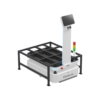SCOUT BOT
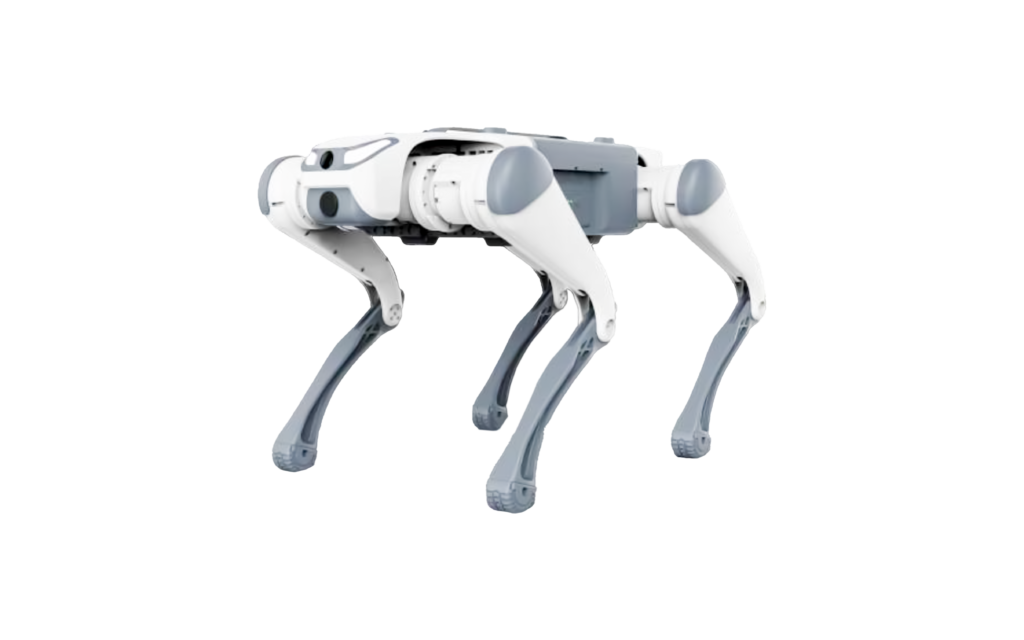
Meet Scout Bot,
Scout Bot is a highly agile and robust quadruped robot designed for surveillance and interaction. It’s engineered with powerful joint motors allowing for significant load capacity and dynamic movements like jumping, flipping, and climbing. Equipped with advanced perception capabilities, including object recognition, obstacle avoidance, and potential for autonomous navigation, the Scout Bot offers enhanced awareness and responsiveness in various environments. Its modular design and open interfaces also make it highly adaptable for expanded functionalities and integration with other technologies.
key feature

1.50% Joint Torque
The Scout Bot boasts a 50% increase in joint torque, resulting in a significantly stronger driving force. This is achieved through a proprietary high-torque joint drive module. This module is engineered for high torque density, rapid response bandwidth, and efficient reversed transmission, ensuring powerful and precise movements.

Enhanced Load Capacity
The robot’s continuous maximum load capacity has been increased by 40%, now supporting up to 7.5 kg. This allows the Scout Bot to carry heavier payloads, making it suitable for a wider range of applications.

Extended Endurance
The Scout Bot’s endurance has been doubled, enabling continuous movement for up to 90 minutes and a range of 5 km. This extended operational time makes it ideal for prolonged tasks and exploration.

Agile and Responsive Algorithms
Upgraded algorithms contribute to the Scout Bot’s enhanced agility and responsiveness. These improvements allow for smoother, more dynamic movements and quicker reactions to changing environments.

Superior Maneuverability
The robot exhibits stronger surmounting ability and greater maneuverability. This allows it to navigate complex terrains and overcome obstacles with ease.

Advanced Actions
The Scout Bot can perform challenging actions such as jumping over gaps, executing high jumps, and performing front flips. It can also climb steps up to 15 cm, a height that is nearly the maximum for quadruped robots of similar size. Other actions include back flips, twist dances, jumps, hand waves, and self-righting.

Upgraded Interaction System
The interaction system has been enhanced with improved FPV (First-Person View) image transmission, reducing lag errors. Enhanced light interactions provide users with real-time feedback on the robot’s status.

Safer and Diverse Perception
The Scout Bot supports front and rear auto-stop recognition for enhanced safety. It also features object following, obstacle avoidance, and auto-navigation capabilities.

Industrial-Level Control System
The robot is equipped with an industrial-level control system that offers triple the computing power. This system, coupled with an industrial IMU (Inertial Measurement Unit), provides comprehensive upgrades in stability and computing. The real-time communication enables a control frequency of up to 1 kHz. The system features a deeply optimized kernel for efficient performance.

Expansion Evolution
The Scout Bot features an open modular structure and interfaces, supporting RTK (Real-Time Kinematic), 5G, AI computers, edge processors, and various sensors. This allows for unlimited modifications and expansion possibilities. It also supports an advanced perceptual development interface (SDK API), enabling depth-development of auto-navigation, obstacle avoidance, visual positioning, and 3D mapping with Lidar and depth cameras.
All Scenarios Covered
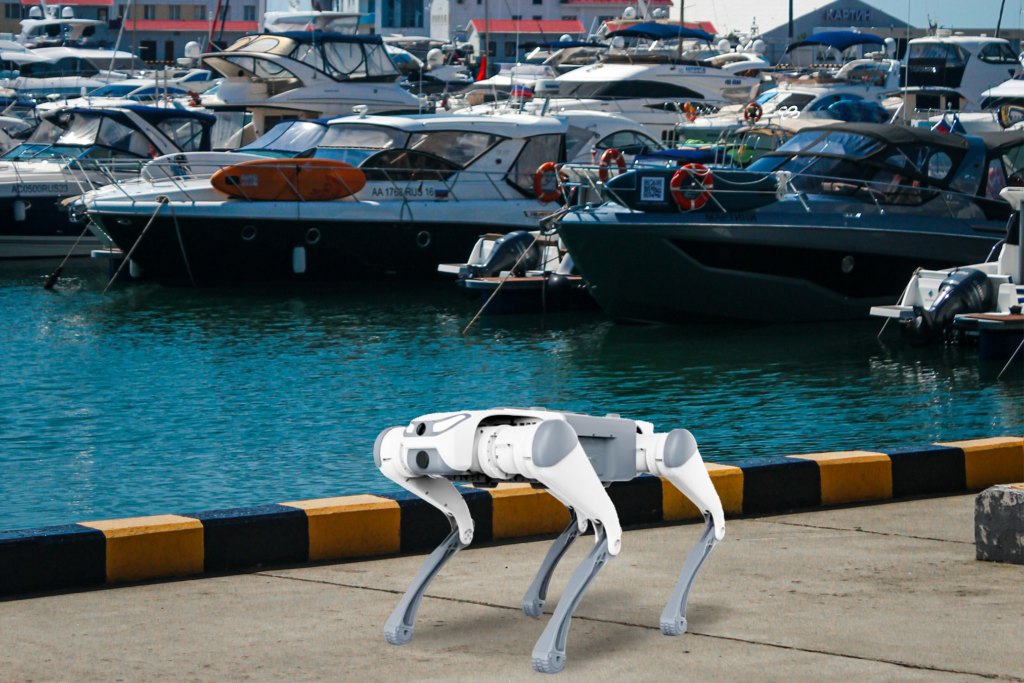
Seaports & Airports
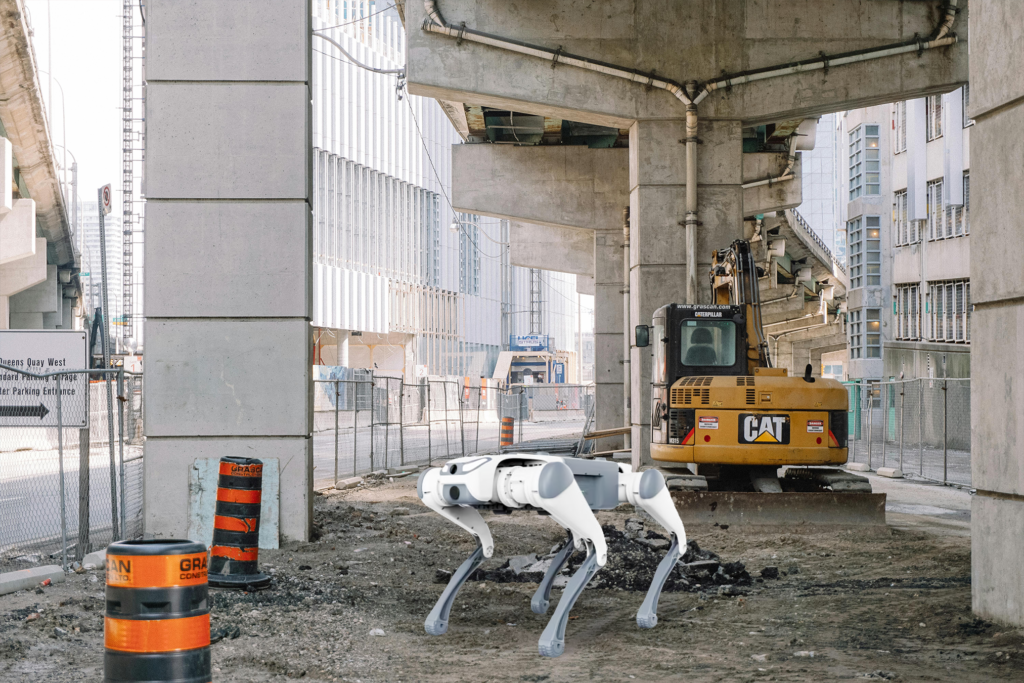
Industrial Zones

Tech Parks & Commercial Campuses
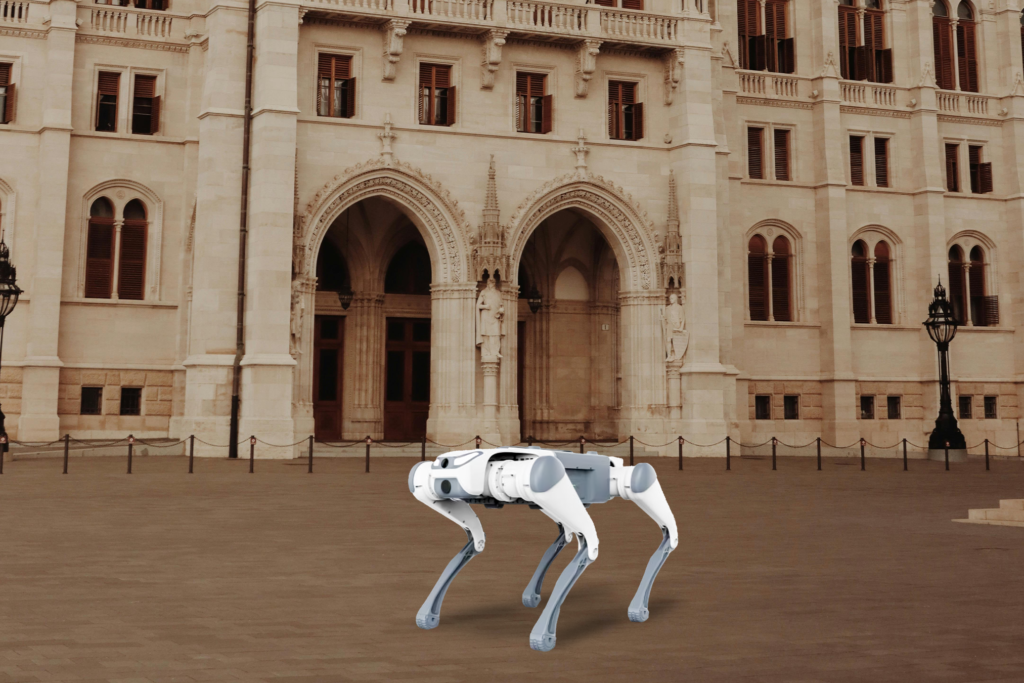
Government Buildings
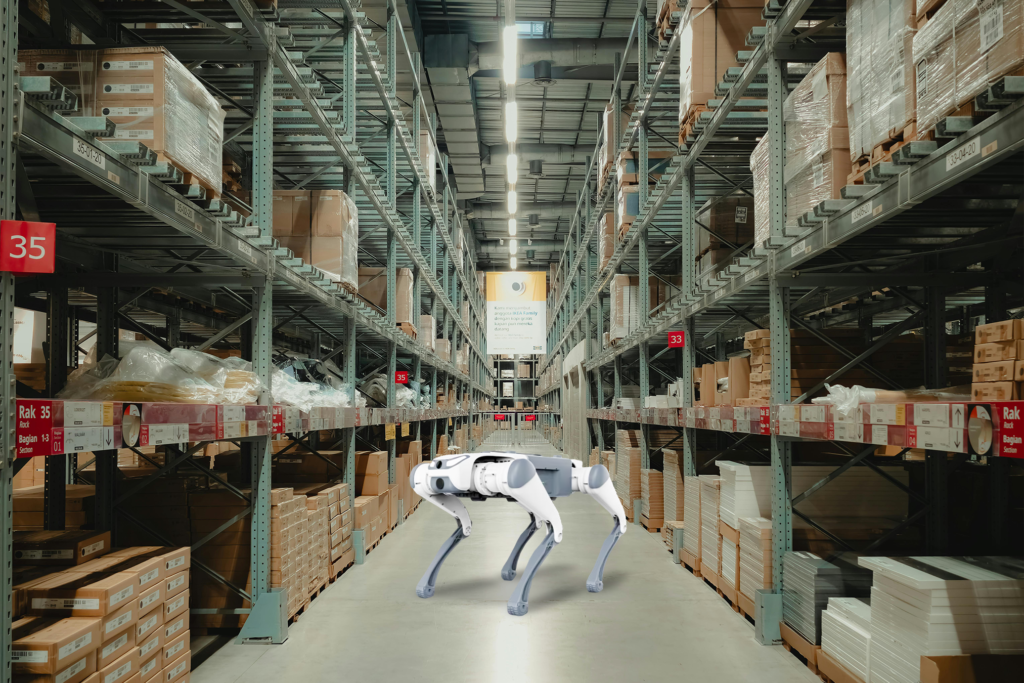
Logistics & Warehouses
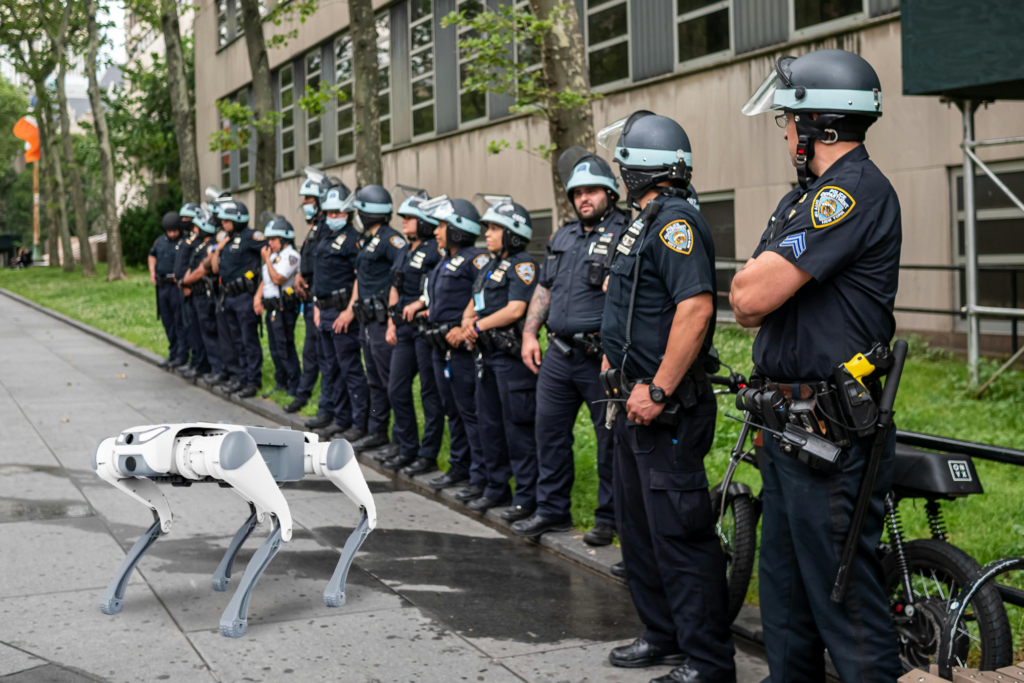
Police & Law Enforcement
Product Gallery
FAQs
SCOUTBOT’s 7.5 kg capacity carries vital security tech for remote areas. Its 90-minute runtime and 5 km range allow extended autonomous patrols of vast industrial sites, reducing human intervention and enhancing safety.
SCOUTBOT’s agility and strong motors enable easy movement in challenging industrial environments like construction sites and uneven terrain. Its ability to climb 15 cm steps and jump gaps allows it to overcome obstacles and quickly reposition, crucial in scenarios like navigating debris during disaster response.
SCOUTBOT’s object recognition identifies key items, triggering alerts, while obstacle avoidance enables safe autonomous movement. Autonomous navigation allows proactive patrols and responses in large areas, improving security with real-time threat identification, unlike static systems.
SCOUTBOT autonomously surveils hazardous industrial areas, minimizing personnel entry into dangerous zones. Equipped with sensors and tools, it inspects, monitors, and responds to issues without risking human lives in chemical, radiation, or structural hazards.
- SCOUTBOT’s industrial control system, with enhanced processing and IMU, ensures stable operation despite industrial vibrations and interference. Its fast real-time communication enables responsive and precise control for accurate tasks like manipulation and navigation, crucial for reliable surveillance and inspections in demanding environments.
FAQs
Support
Policies
- Shipping Policy
- Rufund Policy
- Warranty Policy
- Privacy Policy
- POC Policy
Explore
- Affiliate
- Become a Dealer




